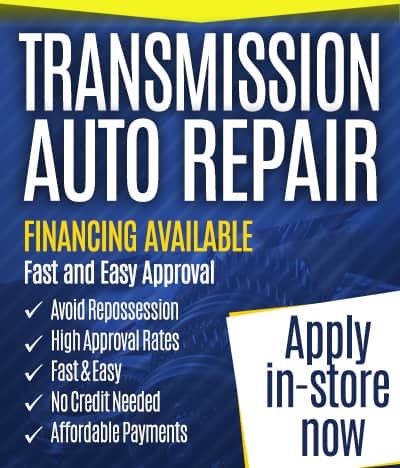With the tightening of fuel economy and emissions standards for U.S.-marketed vehicles, both foreign and domestic auto manufacturers have been busy innovating ways to improve performance without compromising the driving experience — from all-aluminum body panels to retain strength and crash resistance while significantly reducing vehicle weight, to continuously-variable transmissions (CVTs) that allow the engine to always run at its most efficient speed. Ford Motor Company has been at the forefront of many of these innovations, and recently made waves while announcing that the entire F-150 lineup will soon be outfitted with an automatic 10-speed transmission. Read on to learn more about what you can expect from this transmission’s performance and efficiency, as well as what this innovation may mean for the future of the auto industry.
What should you expect from the 10-speed automatic transmission?
This transmission first made its debut within the 2017 SVT Raptor, one of the “muscle trucks” of the industry – providing much reassurance to those who were concerned about sluggish shifting or otherwise substandard performance from a transmission with double-digit gears. Accompanying the 10-speed transmission is a 3.5L EcoBoost V6 engine, replacing the larger (and much louder) V8 engine and six-speed transmission present in previous generations of Raptors.
The 10-speed transmission is meant to improve both performance and fuel efficiency (although many feel that comes with a high cost), helping keep these high-powered trucks well within the federally-mandated MPG ranges and emissions limits. The lower gears are designed to be more aggressive, assisting in zippy acceleration from a dead stop and improving your towing power at low speeds, while the top end gears keep the RPMs in check while cruising at highway speed, reducing fuel consumption. This combination of benefits means that Ford fans (and even those who are more partial to other auto manufacturers) may soon be able to have the Raptor driving experience in a much more modest (and modestly-priced) F-150.
What may this development mean for the future of the auto industry?
Just a generation ago, the six-speed transmission was the pinnacle of transmission innovation, with many feeling that the prospect of even more gears was all but impossible. However, Ford’s development of an automatic transmission with gears in the double digits (along with the expansion of the CVT, permitting seamless shifting among a limitless number of gears) has shown that this industry will continue to evolve.
Those who are only interested in vehicles powered by a manual transmission may be concerned that these types of innovations will send the standard shift the way of the dodo bird. While it’s true that the five- and six-speed manual transmissions to which you’re accustomed may be phased out at some point, it’s likely they’ll be replaced by a hybrid transmission that can still provide shifting control without requiring you to cycle through a dozen or more gears each time you take off from a stop light.
Whichever transmission you prefer, it’s important to remember to have it serviced regularly to keep it in top performance shape. At My Transmission Experts, we have over 25 years of experience servicing, repairing, rebuilding, and replacing all types of transmissions. We’re always happy to share of knowledge on the latest innovations and trends in the automobile transmission industry, so give us a call at (281) 392-5060 if you have any questions. If you’re in need of transmission service or repair, contact us today for a free estimate.
































